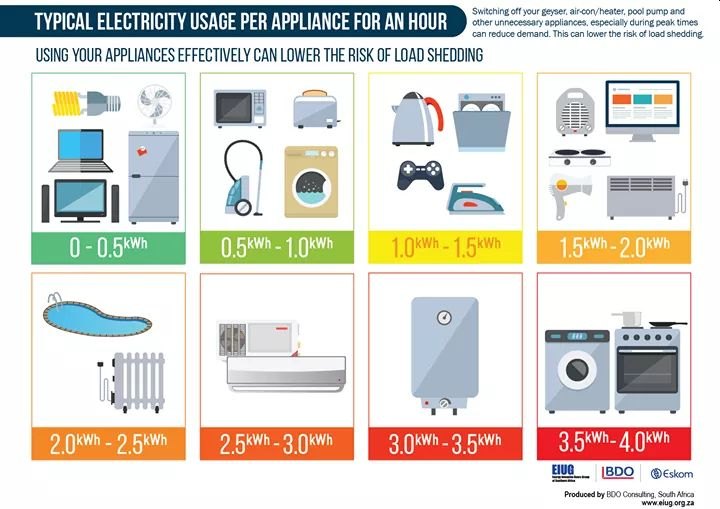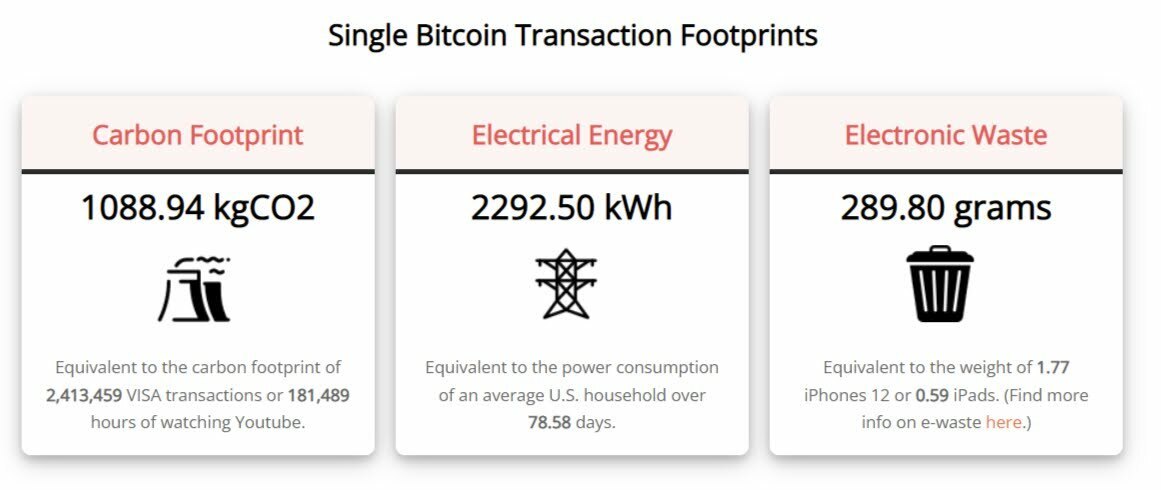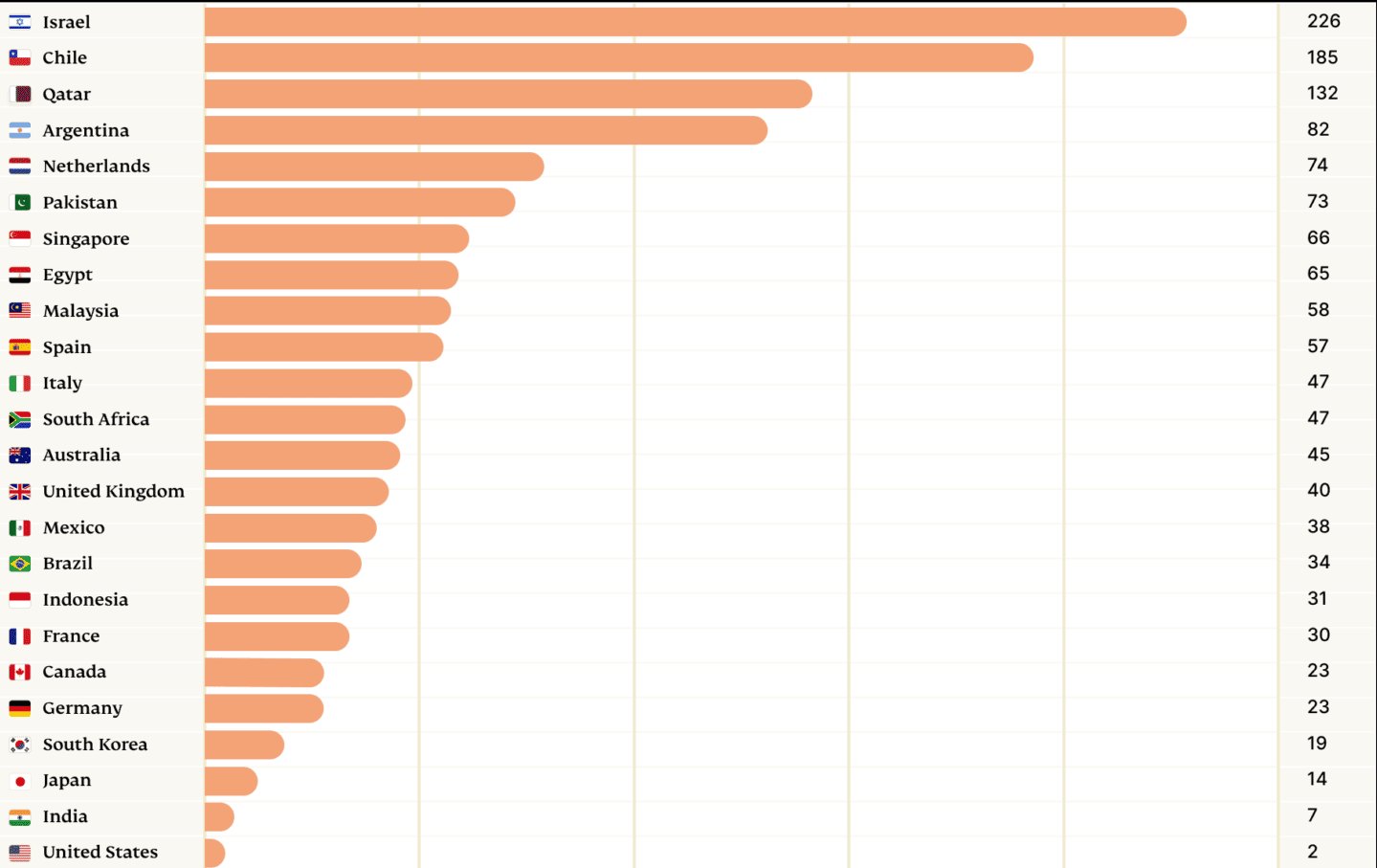Every single day, from the moment we open our eyes and reach for our smartphones to those late-night binge-watching sessions that keep us entertained, we’re unknowingly setting off an energy consumption chain reaction. But here’s the catch – have you ever paused to think about the invisible environmental consequences that come with these routine actions?
Think about your daily routine: the hours you spend glued to your computer, the miles you cover in your car, the flights you take, and even the digital process of mining a Bitcoin – all these activities are powered by energy. Believe it or not, these seemingly insignificant actions collectively have a significant impact, and together, they weave a tapestry of energy consumption that’s shaping the fate of our planet.
As ExpressVPN shows in the research, energy consumption stands as a central contributor to the escalating climate crisis. The combustion of fossil fuels – the likes of coal, oil, and natural gas – fuels our power grids, propels our vehicles, and heats our abodes. Yet, in doing so, it releases a surge of carbon dioxide and other greenhouse gases into the atmosphere, entwining us in the web of climate change.
But the duty to safeguard our home planet rests with us. As we delve deeper, we spotlight the gadgets and activities that devour energy in our daily routines including our role in energy conservation, and set forth on a journey to diminish our carbon footprint. The purpose of this piece is not just about how we flick switches but about gaining a detailed understanding of energy usage so we can make informed choices.
Energy consumption of the technology in our homes. How much does it cost?
Today, most modern homes are like energy puzzles. Turning off devices might seem enough, but with smart TVs, game consoles, and all sorts of gadgets around, they secretly use a lot of electricity. Yet, we need to find a middle ground because some devices are important for safety or always being on.
If you think that just switching off devices is enough to save energy, think again. Recent studies show that modern homes with lots of devices are using more power than ever before. Many of these devices are always plugged in or running, even when not in use.
For example, popular electronics like smart TVs, game consoles, and devices like media servers and external hard drives – they’re all adding to your energy bills. But don’t rush to turn everything off. Some devices, like security cameras or your VPN, need to stay on. And things like your fridge and freezer should be on all the time for your food.
But how do you find the balance between being comfortable and saving energy? The first step is knowing how much energy your devices use, so you can make smart choices about when to turn things off. In the infographic below, we break down the monthly energy usage and associated costs for each item in a typical American household.

Given the energy usage and the associated cost of everyday tech and appliances in the above infographic, the question becomes: How do we attain harmony between convenience and conservation? The answer lies in the grasp of energy understanding. A comprehensive breakdown of energy use in a typical American household, along with its corresponding costs, unveils the intricate dynamics of consumption.
Appliances with high energy consumption
Zooming in, we pinpoint the energy behemoths residing within our homes. According to Energy Saving Trust, the five most energy-consuming appliances are wet appliances (such as washing machines, dishwashers, and tumble dryers), cold appliances (for example, freezers and fridges), consumer electronics, lighting, and powering kitchen appliances.
Pay Attention to the Little Things
Even small devices can add up over time. Imagine leaving a night light on every night for a month – that could use up 36 kWh of electricity, costing you around 5 USD. Similarly, using a portable heater or a hair dryer for just a short time daily over a month can lead to consuming 90 kWh (13 USD) and 14 kWh (2 USD) respectively.
Remember that some devices still use power even when not in use. For example, turning off unused devices and unplugging chargers when you’re not using them can help save energy that’s being wasted.
Make Smart Energy Choices
To lower energy use in your home, think about your overall energy habits. Focusing too much on small things, like deciding how to heat water, might not be worth the effort. Instead, pay attention to the big energy users in your home, such as air conditioners, water heaters, and washing machines. These machines have become more efficient over time, so upgrading to newer models can be a smart move. Changing your habits can also make a big difference. For instance, washing clothes in cold water instead of hot or warm could save you about 150 USD a year in a typical home.
Bright Ideas for Saving Light
Lighting is another way to cut down on electricity use. LED bulbs are the best choice for saving energy, as mentioned in Eco Watch blog post. Old-style incandescent bulbs actually produce more heat than light, and a single 60-watt bulb can use 220 kWh in a year. A compact fluorescent bulb can give you the same amount of light for just 7 USD a year, while a newer LED bulb can do it for 4.40 USD. If you switch out 10 old bulbs for 10 LED bulbs in your house, you could save over 210 USD a year. Plus, LED bulbs last a long time and don’t make as much heat, which means you’ll also save on cooling costs.
Balancing What You Need
Using less energy involves finding a balance between convenience and practicality. For example, in places where it’s hot and humid, air conditioners are really needed. So, finding ways to manage energy use without giving up comfort is important. Electric cars are seen as more eco-friendly, even though they use more electricity than regular cars, because of other environmental benefits. Also, it might not be realistic for everyone to unplug a router every time it’s not in use.
There are other ways to use less energy too. Buying devices that are energy-efficient or using power strips with timers can help. You might even think about getting solar panels to generate your own renewable energy and rely less on regular power sources.
Cryptocurrency Energy Usage
Did you know that energy used for one Bitcoin transaction is equivalent to charging your phone for 1,000 years?

Credit: Digiconomist
Cryptocurrency mining takes tons of energy. Even the most efficient Bitcoin mining needs around 155,000 kWh for one Bitcoin, costing about 21,700 USD in energy bills. And it isn’t just mining that uses lots of power. According to data from Digiconomist, “a single Bitcoin transaction is estimated to burn 2,292.5 kilowatt hours of electricity, enough to power a typical US household for over 78 days.” The energy used in Bitcoin mining in a year equals Finland’s entire electricity usage, as reported by The New York Times.
Even sending or receiving a single Bitcoin uses up a huge 1,833 kWh (257 USD) of energy. Keep in mind that a Bitcoin’s value is around 27,400 USD at the moment, which explains the energy invested.
To compare, charging your phone for a year only costs 1.83 kWh, about 0.25 USD. To match a single Bitcoin transaction, you’d need over 1,000 years of phone charging. This creates a million times more carbon emissions than a single credit card transaction.
So, if you’re into crypto trading, it’s a major contributor to your carbon footprint. We hope more eco-friendly mining methods replace these practices in the future.
Air Travel vs. Driving
The ecological tug-of-war extends to modes of transportation. Car driving, electric cars, and air travel present a conundrum for the environmentally conscious. Delve into the statistics to understand energy efficiency.
The Environmental Protection Agency (EPA) equates a gallon of gasoline to 33.7 kilowatt-hours (kWh) of electricity. A conventional car consumes approximately 158 kWh to cover 120 miles. In contrast, an electric car, with a 2.9 miles per kWh efficiency, reduces the energy consumption to 41.3 kWh. The cutting-edge Tesla 3 showcases a 4 kWh consumption rate, allowing drivers to utilize a mere 30 kWh for 120 miles, further slashing energy use.
However, concerns about the energy-intensive manufacturing of EV batteries linger. Nonetheless, prevailing opinions, like those from the EPA, deem electric vehicles as more ecologically favorable than their gasoline counterparts.
And what of air travel’s energy equation? The efficiency of a flight is a mosaic woven from plane age, weight, passenger count, and flight duration. Recent data from U.S. airlines reveals an average fuel consumption of 58 miles per gallon per passenger—surpassing the average car’s efficiency of 25.7 miles per gallon.
Yet, the equation pivots when shared car rides are in play. The lessened gas consumption per passenger during group car travel might yield lower energy use per traveler compared to flying.
Can Individuals Make an Impact?
Amid these energy calculations, the question emerges: Can individuals truly influence environmental change? While corporate and governmental actions wield colossal power, individual habits do accumulate. Take the simplest of acts: sending an email.
One email with an attachment burns a minuscule 0.00000225 kWh. Yet, when you factor in the colossal volume of daily emails—319.6 billion—the cumulative energy consumption skyrockets to a staggering 215,730 kWh daily. This is ample to power 20 average American homes for an entire year.
Even seemingly innocuous actions have global energy implications. Consider YouTube viewership: In a single week, the energy devoured by global YouTube use could sustain small countries like Azerbaijan and Ecuador for a year. A glance across various territories underscores the energy consumption equivalency.
How Many Days Can Your Country Be Powered By a Week of Watching YouTube Worldwide?

Here’s the scoop in simple terms: Watching videos on YouTube in super high-quality 4K uses up to 25% more energy than streaming Netflix in really good quality (UHD). Think about it – there are over a billion hours of YouTube videos watched every day! That’s a lot of energy being used up. Imagine this: if the whole world took a break from YouTube for just a week, we’d save enough energy to power Qatar with more than a third of its electricity for a year, or provide almost 1% of the electricity the U.S. needs in a year.
Now, here’s the big question: What will you do to save energy in your daily life? Share your ideas in the comments. Remember, the choices you make – whether they’re big or small – all add up to help take care of our environment.
